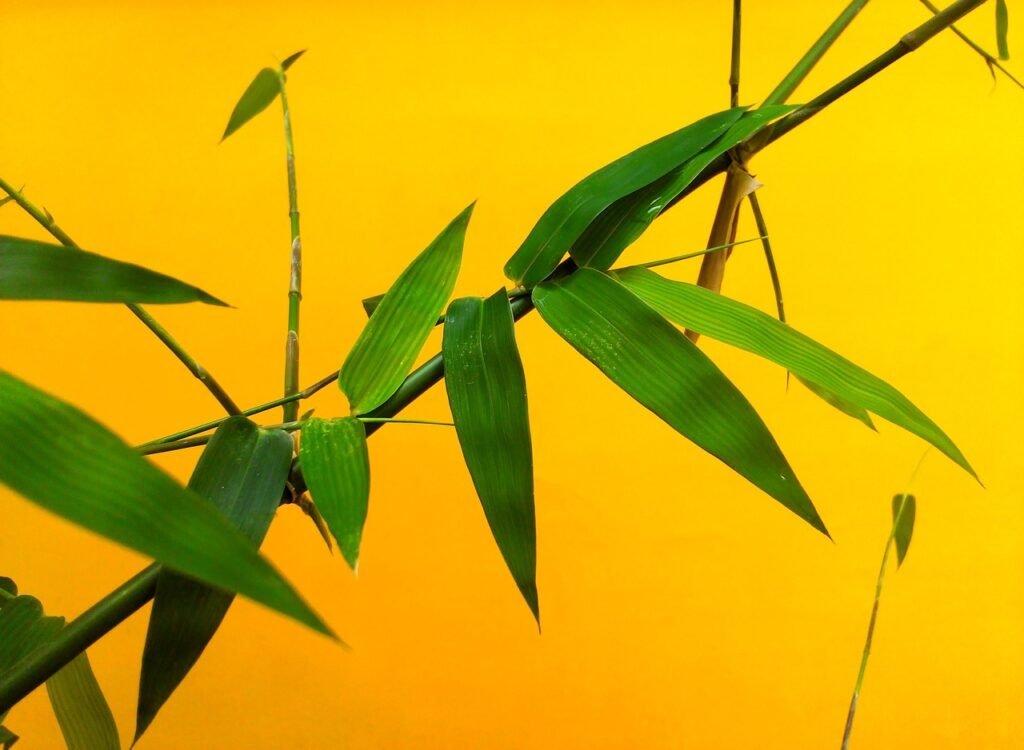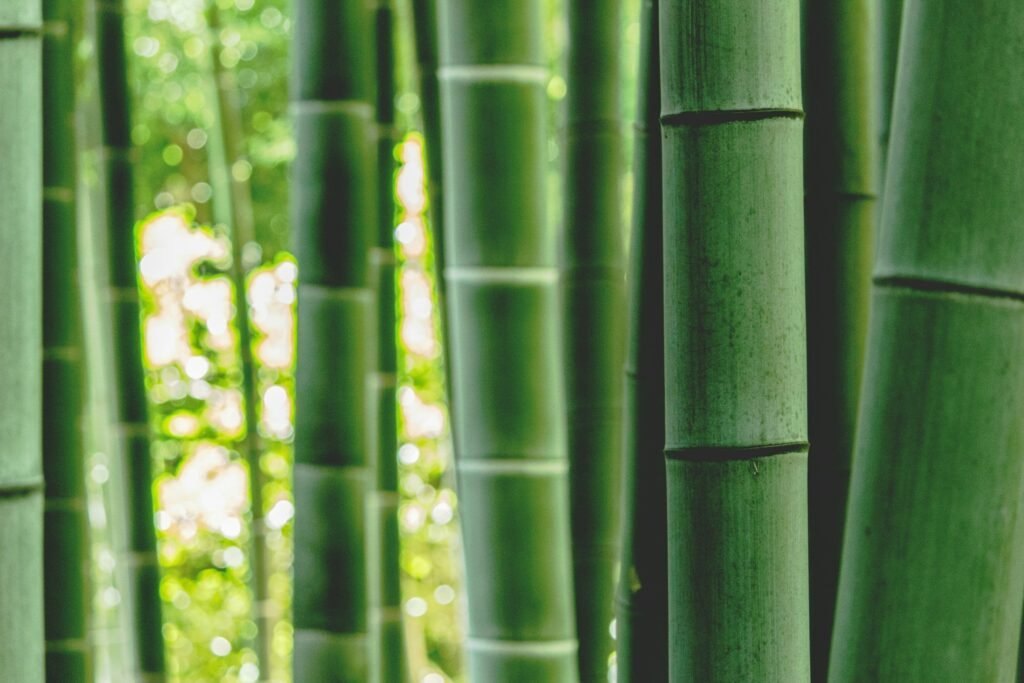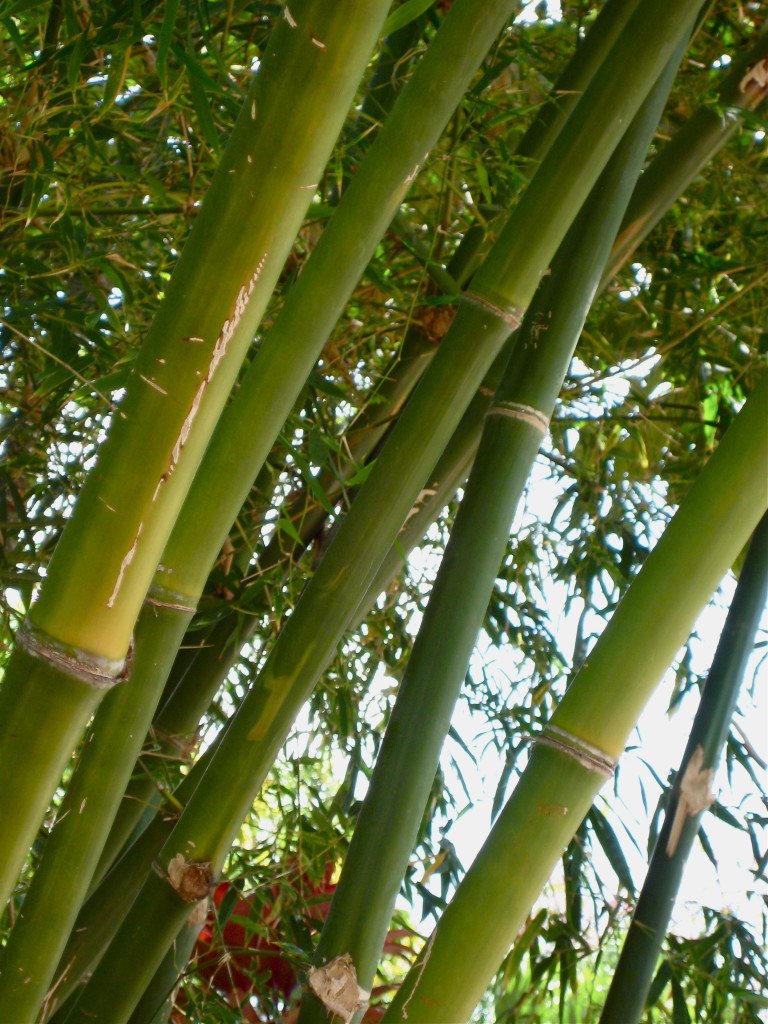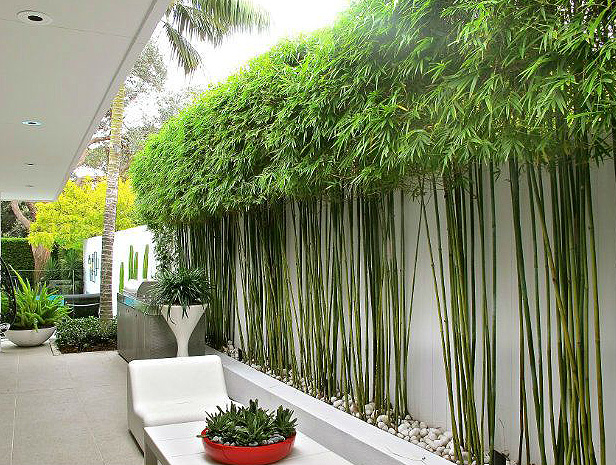In the realm of landscaping, bamboo holds a unique allure. Its elegance, versatility, and sustainability make it an excellent choice for enhancing outdoor spaces. Whether you’re aiming to create a serene Zen garden or a modern, eco-friendly oasis, incorporating bamboo into your landscape design can bring a touch of natural beauty and functionality. Here are several creative ideas to inspire you in leveraging bamboo for your landscape design projects.

Bamboo Privacy Screens
One of the most popular uses of bamboo in landscape design is creating privacy screens. Bamboo’s tall and dense foliage makes it an ideal natural barrier, providing both privacy and beauty. You can use bamboo to screen off unsightly views, create secluded corners in your garden, or shield your outdoor living spaces from neighboring eyes. By planting bamboo in rows or clusters, you can easily customize the height and thickness of the screen to suit your needs.
Bamboo Fencing
Bamboo fencing offers a stylish and eco-friendly alternative to traditional wood or metal fences. Bamboo poles can be arranged horizontally or vertically to create a variety of fence designs, from rustic to contemporary. Not only does bamboo fencing add a touch of exotic charm to your landscape, but it also provides durability and resilience against the elements. Plus, bamboo’s rapid growth makes it a sustainable choice for fencing projects.
Bamboo Pathways
Introducing bamboo into your landscape design doesn’t have to be limited to vertical elements. Bamboo can also be used to create stunning pathways and walkways. Whether you opt for bamboo planks, poles, or even whole culms sliced in half, incorporating bamboo into your pathways adds a unique texture and visual interest to your garden. Bamboo pathways work particularly well in Asian-inspired or tropical-themed landscapes, enhancing the overall ambiance with their natural beauty.
Bamboo Water Features
Water features are a hallmark of tranquil garden spaces, and bamboo can play a pivotal role in elevating their aesthetics. Consider using bamboo spouts or tubes as part of a fountain or water feature design. The gentle sound of water flowing through bamboo adds a soothing ambiance to your outdoor environment, creating a peaceful retreat where you can unwind and relax. Bamboo’s resilience to moisture makes it a practical choice for water feature construction, ensuring longevity and minimal maintenance.
Bamboo Garden Edging
Define your garden beds and borders with bamboo garden edging for a touch of elegance and structure. Bamboo edging can be installed horizontally or vertically, depending on your desired aesthetic. Its natural color and texture complement various plantings, from lush greenery to vibrant flowers. Moreover, bamboo’s flexibility allows for curved or straight edging designs, providing endless possibilities for customization. Bamboo garden edging not only adds visual appeal but also helps to contain mulch and soil, keeping your garden tidy and organized.
Bamboo Sculptures and Ornaments
Unleash your creativity by incorporating bamboo sculptures or ornaments into your landscape design. Bamboo’s flexibility and strength make it an excellent medium for creating artistic expressions in your garden. Whether it’s a whimsical trellis, a sculptural focal point, or intricate lattice work, bamboo can be shaped and crafted into various forms to suit your taste. Additionally, bamboo sculptures can serve functional purposes, such as supporting climbing plants or delineating different zones within your garden.
Bamboo Lighting Fixtures
Illuminate your outdoor space with the warm glow of bamboo lighting fixtures. Bamboo lanterns, sconces, and torches add a touch of ambiance and intimacy to your garden, especially during evening gatherings or outdoor dinners. Bamboo’s natural texture diffuses light beautifully, creating soft and inviting illumination. You can also combine bamboo with other materials like glass or metal to enhance its visual appeal and durability. Whether you prefer traditional lantern designs or modern minimalist styles, bamboo lighting fixtures can elevate the atmosphere of your landscape after dark.
In conclusion, bamboo offers endless possibilities for creative expression in landscape design. Whether you’re seeking privacy, aesthetics, functionality, or sustainability, bamboo can fulfill a variety of roles in transforming your outdoor space into a harmonious sanctuary. By exploring these creative ideas and incorporating bamboo into your landscape design, you can create a truly unique and enchanting environment that reflects your personal style and values.



